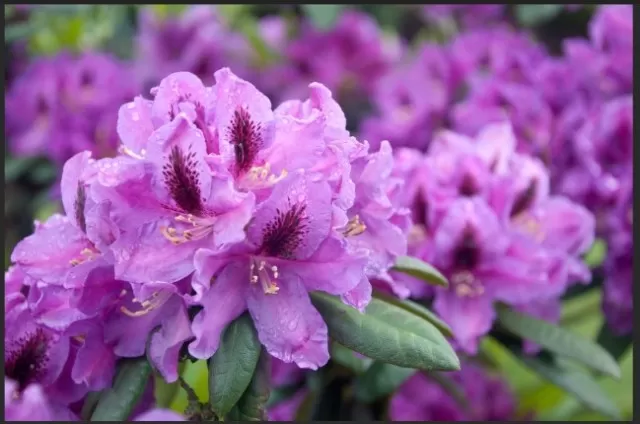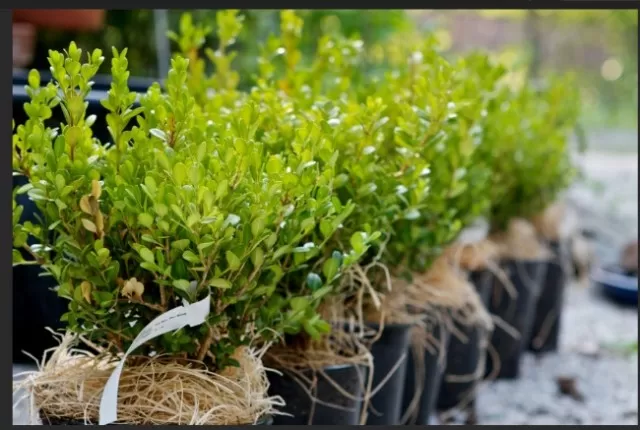Boost Curb Appeal: Discover the Top 5 Front House Shrubs. Enhancing the curb appeal of your home, increasing property value, and adding a touch of personality can be achieved by planting a selection of these eye-catching shrubs. These attractive shrubs offer a range of benefits that can transform your outdoor space.
A Rundown on Boxwood Shrubs

The boxwood, renowned for its shiny foliage, stands out as a favored choice among low-maintenance evergreen shrubs.
Among the variety, Franklin’s Gem Boxwood is an excellent option, attaining a height of approximately 2 feet. This compact size makes it ideal for planting in front of taller shrubs or along pathways, offering a continuous green presence without encroaching on the walkway.
Conversely, Winter Gem is a boxwood shrub known for its slow growth, ultimately reaching a height of 6 to 8 feet. Nevertheless, it can be easily pruned to achieve desired shapes.
Intriguing Aspects of Azaleas
The azalea, a relative of the rhododendron, is a deciduous shrub characterized by its dense and dark foliage, which becomes adorned with vibrant and sometimes fragrant blossoms during the spring season.
These blossoms can range in colors from white, purple, pink, and red to yellow or orange. Azaleas are versatile in terms of sun exposure, tolerating both full sun and partial shade. To thrive, they prefer nutrient-rich soil that is moist but well-draining, ideally within USDA hardiness zones 5 to 9. Generally, azaleas are of small to medium size, typically standing between 3 and 6 feet tall. However, their shape, size, and overall structure can be easily managed through pruning. Azaleas are well-known for their ability to introduce a natural and informal touch to landscapes.
Exploring the Charm of Rhododendrons

Rhododendrons, characterized by their evergreen nature and larger leaves, are often employed in privacy hedges due to their dense foliage.
Similar to azaleas, these perennial shrubs are known for their low-maintenance qualities. They thrive in areas with partial shade or dappled light and benefit from some wind protection, particularly in USDA hardiness zones 5 to 8.
Rhododendrons showcase clusters of flowers in various hues including white, pink, purple, red, or orange, typically blooming during the spring season.
The Allure of Hydrangeas
When it comes to vibrant and enduring blooms that grace the landscape from summer to fall, few can rival the hydrangea.
Available in shades of white, pink, blue, or purple (depending on the pH of your soil), this plant is a true spectacle. Most hydrangea varieties are deciduous and boast lush green foliage. Their natural growth pattern contributes to an informal and relaxed aesthetic, although taller varieties reaching heights and widths of about 3 to 5 feet can be pruned to achieve desired shapes. Thriving in zones 5 to 9, hydrangeas prefer partial shade, dappled light, or morning sun. Their ability to grow quickly and with minimal effort adds to their appeal as a sought-after shrub.
The Enchanting World of Roses

Roses, cherished emblems of love and beauty, hold a special place as one of the most adored shrubs for sunlit areas in USDA hardiness zones 3 to 9.
These versatile plants offer a wide array of hybrids, displaying an exquisite palette of colors that span from pristine white to delicate pink, passionate red, soothing lavender, vibrant orange, and sunny yellow. The flowers themselves come in single or double forms, with many heirloom varieties exuding a delightful fragrance.
Most rose bushes reach a height of 3 to 5 feet and spread up to 3 feet, creating a compact and elegant presence. Among the noteworthy rose cultivars, Knock Out Roses stand out for their remarkable ease of cultivation.
However, it’s important to note that pruning roses can be challenging due to their thorny nature, and certain varieties may be vulnerable to diseases. Despite these considerations, the allure of roses continues to captivate gardening enthusiasts.
*The information is for reference only.